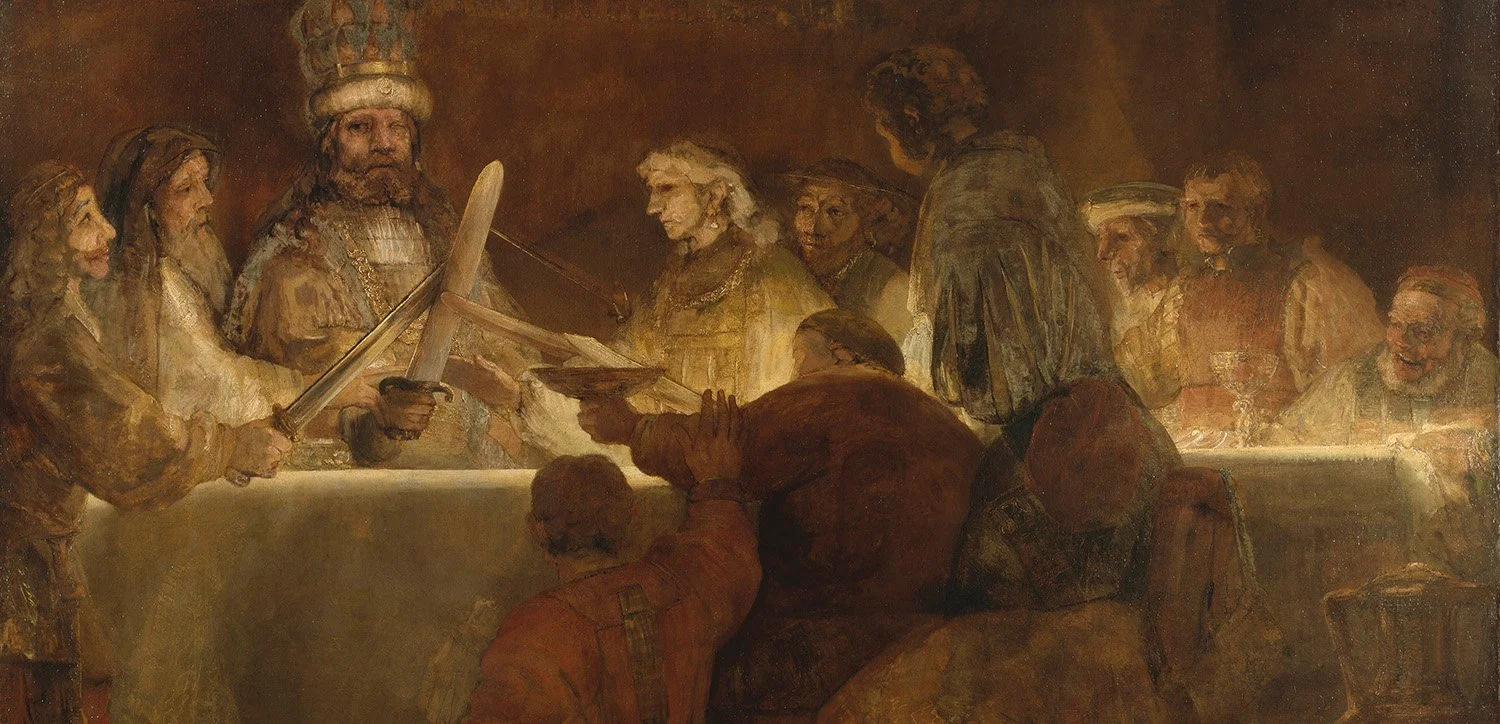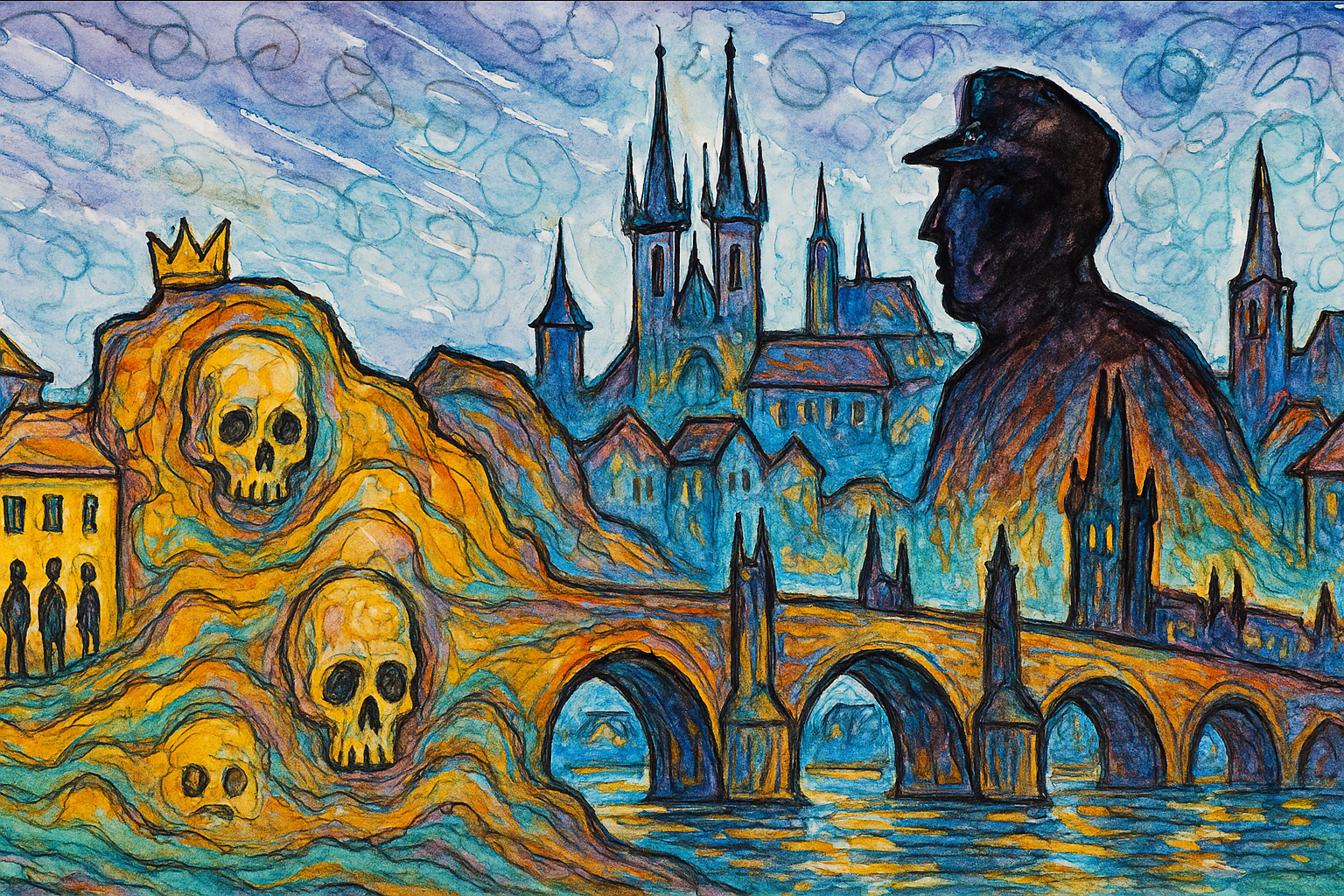Nature and Convention in King Lear
A Double Vision
At the center of King Lear, the mad king has an extraordinary vision. Staring at the near-naked beggar, Tom o' Bedlam, in the midst of a raging storm, Lear sees all of humanity reduced to this bare level:
Is man no more than this? Consider him well. Thou ow'st the worm no silk, the beast no hide, the sheep no wool, the cat no perfume. Ha? here's three on's are sophisticated. Thou art the thing itself: unaccommodated man is no more but such a poor, bare, fork'd animal as thou art. Off, off, you lendings! Come, unbutton here. (III.iv.102-9)
Lear thinks that the way to get at man's essence is to reduce him to some kind of lowest common denominator, in particular to strip away his clothing, symbolic of all the additions with which civilization tries to raise human beings above the level of beasts. Having undergone a pro- foundly disillusioning experience with his cruel daughters, Lear has learned to see through the appearances on which human beings con- ventionally pride themselves. Accordingly, he starts to divest himself of his clothing, to cast aside the customary trappings of his kingly status and thereby bring himself in line with the diminished image of human- ity he sees embodied in Poor Tom. In an eerie anticipation of Rousseau, Lear believes that to uncover human nature, one has to go back to man's origins; one arrives at a definition of man by finding the bare minimum one can still call human, and in that state a man is virtually indistinguishable from a beast.





